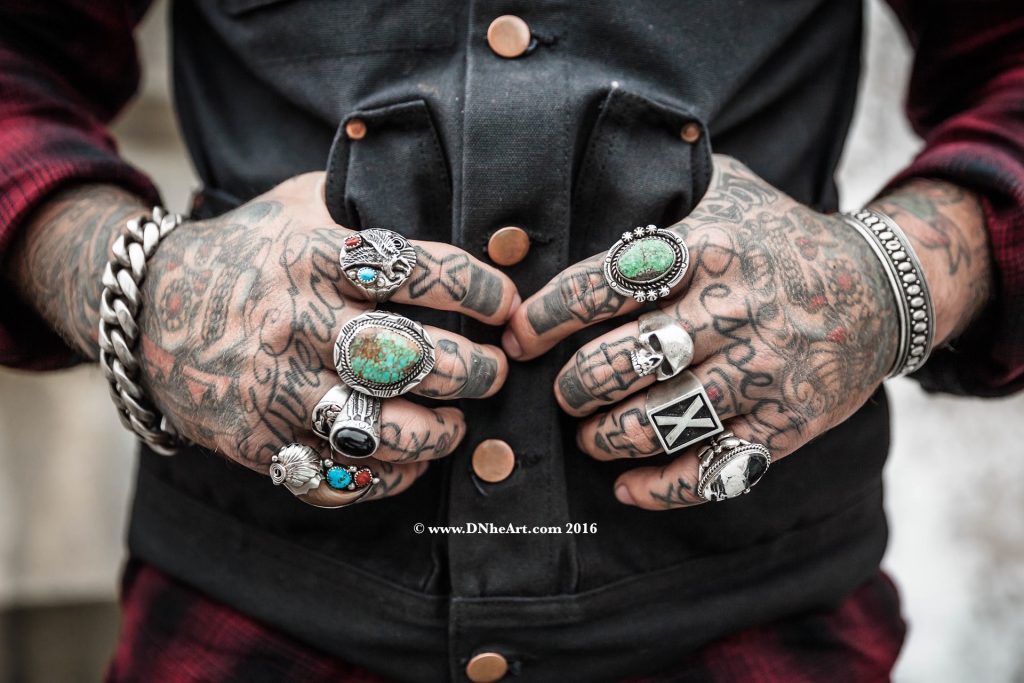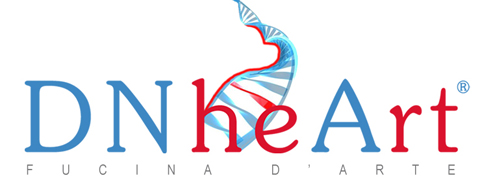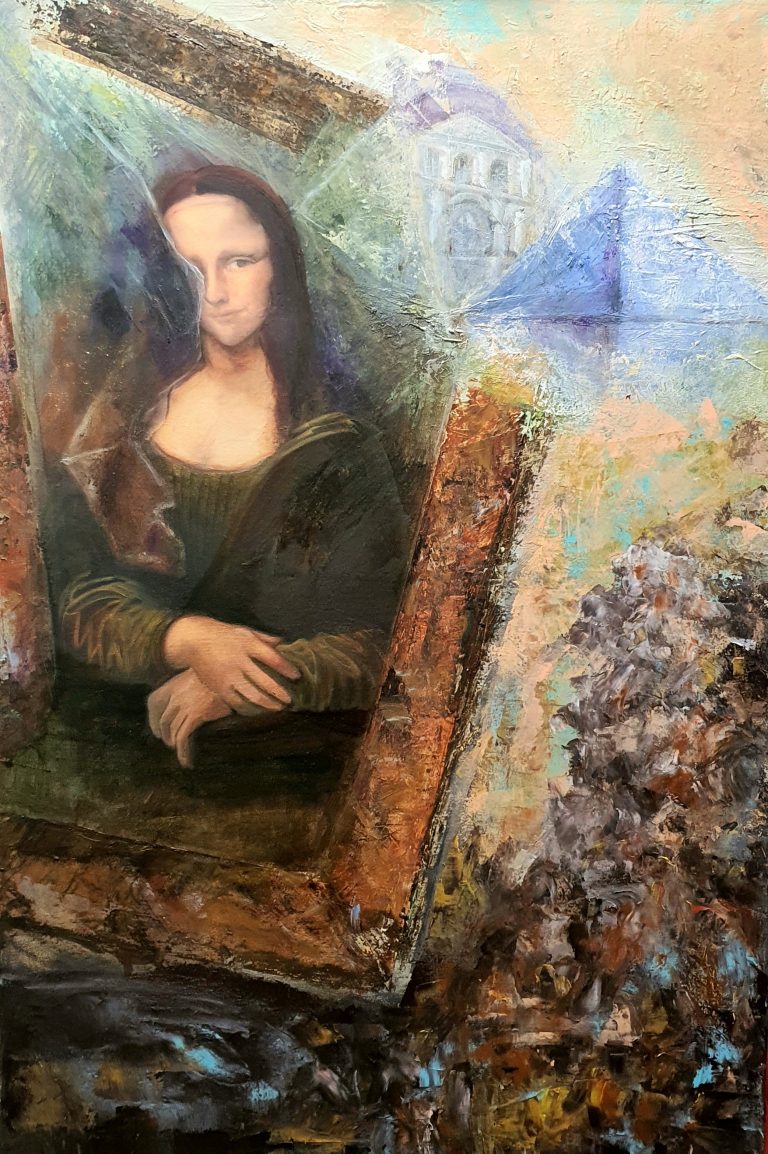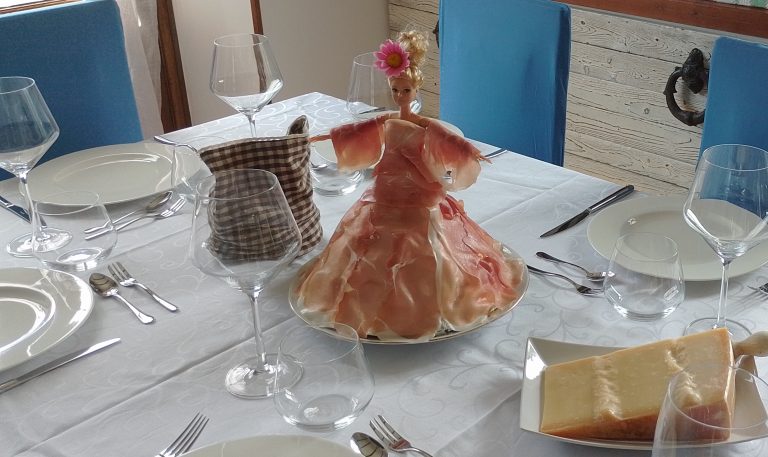
© All rights reserved
In all the philosophies and religions of all tribes and population, at all latitudes and longitudes, we find signs and documents that lead back to the ritual custom of tattoos and its culture.Just think of the Ice-Man Mummy, a historical discovery.We can therefore assert that since prehistoric times, the tattoo has wanted to be a sign of distinction. Despite having had alternating periods of glory, including its prohibition, the tattoo began to spread in the late 60’s and early 70’s in the 20th century and arriving to establish itself between the 70’s/80’s. Finally, accepting the tattoo as a “brand”. That is setting it free from the cliche’ tattoo = thug. Often, in the people who belong to noble families and high aristocratic language, there are components that have tattoos attributable to the family name. Considered as a Christian recognition, the tattoo was identified as a “symbol” of the crusader knights, and in Italy, there are references attributable around the 16th century, the friars markers at the shrine of Loreto. From henna tattoos to bone needles to electric machinery, from old school to new school, from processing coconut to cinnabar through the pigments, the art of tattoo is performed from Polynesia to Iceland.
Tribal, Japanese, sacred, realistic, superstitious, religious, biochemical, exorcising, cult, classic lettering, ideological. These are just some of the main sources for the recognition of different types of tattoos.
Artists
Do you have creativity in one of these art forms? Send us your material to: info@dnheart.com o through contact form










